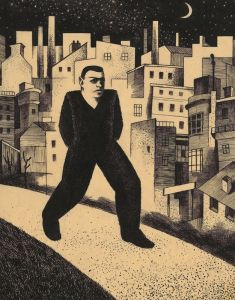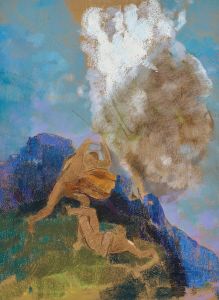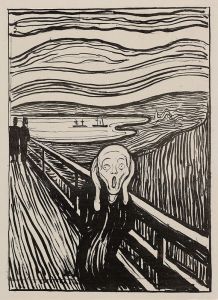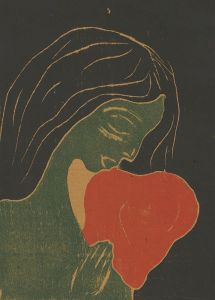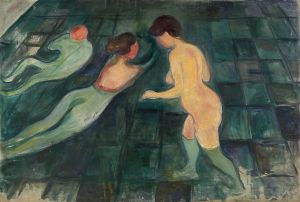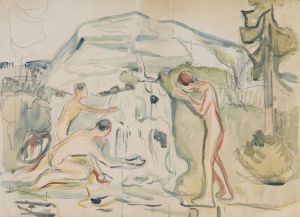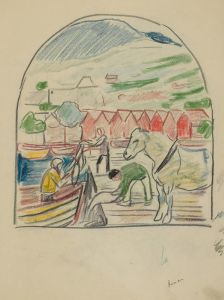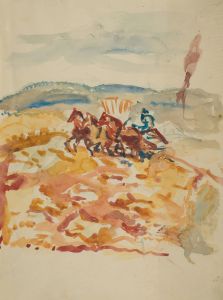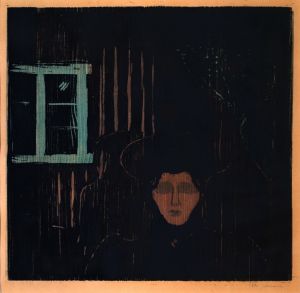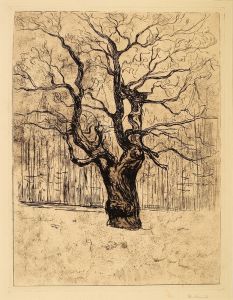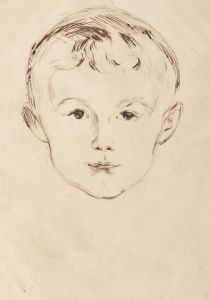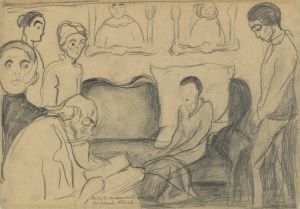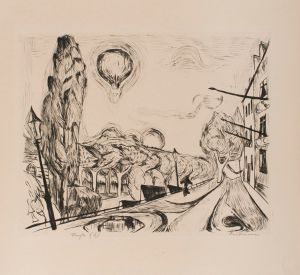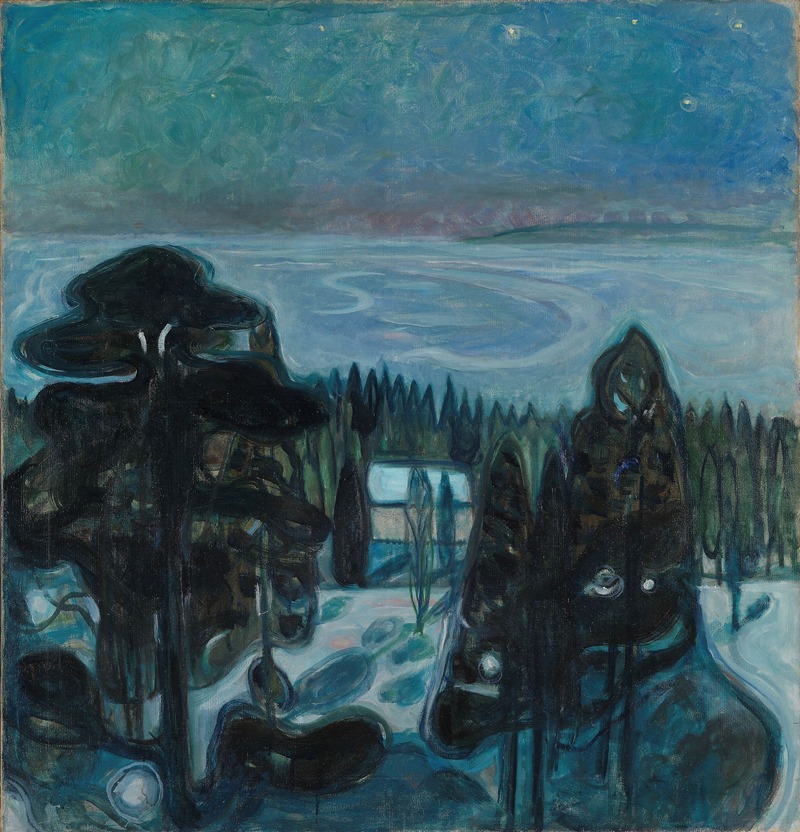
White Night
A hand-painted replica of Edvard Munch’s masterpiece White Night, meticulously crafted by professional artists to capture the true essence of the original. Each piece is created with museum-quality canvas and rare mineral pigments, carefully painted by experienced artists with delicate brushstrokes and rich, layered colors to perfectly recreate the texture of the original artwork. Unlike machine-printed reproductions, this hand-painted version brings the painting to life, infused with the artist’s emotions and skill in every stroke. Whether for personal collection or home decoration, it instantly elevates the artistic atmosphere of any space.
"White Night" is a painting by the renowned Norwegian artist Edvard Munch, created in 1901. Munch is best known for his iconic work "The Scream," but his extensive body of work includes numerous other significant pieces that explore themes of existential angst, love, and death. "White Night" is one such painting that reflects Munch's deep engagement with emotional and psychological themes.
The painting depicts a serene yet somewhat eerie nocturnal scene. It features a woman standing alone in a forest, bathed in the ethereal light of the moon. The use of light and shadow in the painting is particularly striking, with the moonlight casting a ghostly glow on the woman's figure and the surrounding trees. This creates a dreamlike atmosphere that is both tranquil and haunting.
Munch's use of color in "White Night" is also noteworthy. The palette is dominated by cool tones of blue and white, which enhance the painting's nocturnal and mystical quality. The woman's dress is rendered in a pale, almost luminescent white, making her stand out against the darker background. This contrast draws the viewer's attention to her solitary figure and evokes a sense of isolation and introspection.
The composition of "White Night" is carefully balanced, with the woman positioned slightly off-center, creating a dynamic tension within the scene. The trees in the background are rendered in a stylized manner, with elongated trunks and branches that seem to reach out towards the sky. This adds to the painting's otherworldly feel and reflects Munch's interest in Symbolism, a movement that sought to express the emotional and spiritual dimensions of human experience through art.
"White Night" is part of Munch's broader exploration of themes related to nature and the human psyche. Throughout his career, Munch often depicted solitary figures in natural settings, using the landscape as a metaphor for inner emotional states. In this painting, the forest can be seen as a symbol of the unconscious mind, with the woman representing an individual confronting her own thoughts and feelings in the quiet of the night.
The painting is housed in the Munch Museum in Oslo, Norway, which holds the largest collection of Munch's works. The museum provides valuable insights into Munch's artistic development and the various phases of his career. "White Night" is an important piece within this collection, showcasing Munch's ability to convey complex emotional experiences through his distinctive style and use of color.
Edvard Munch's influence on modern art is profound, and his works continue to be studied and admired for their emotional depth and innovative techniques. "White Night" exemplifies his skill in capturing the nuances of human emotion and the mysterious beauty of the natural world. Through this painting, Munch invites viewers to reflect on their own inner landscapes and the quiet moments of introspection that define the human experience.





